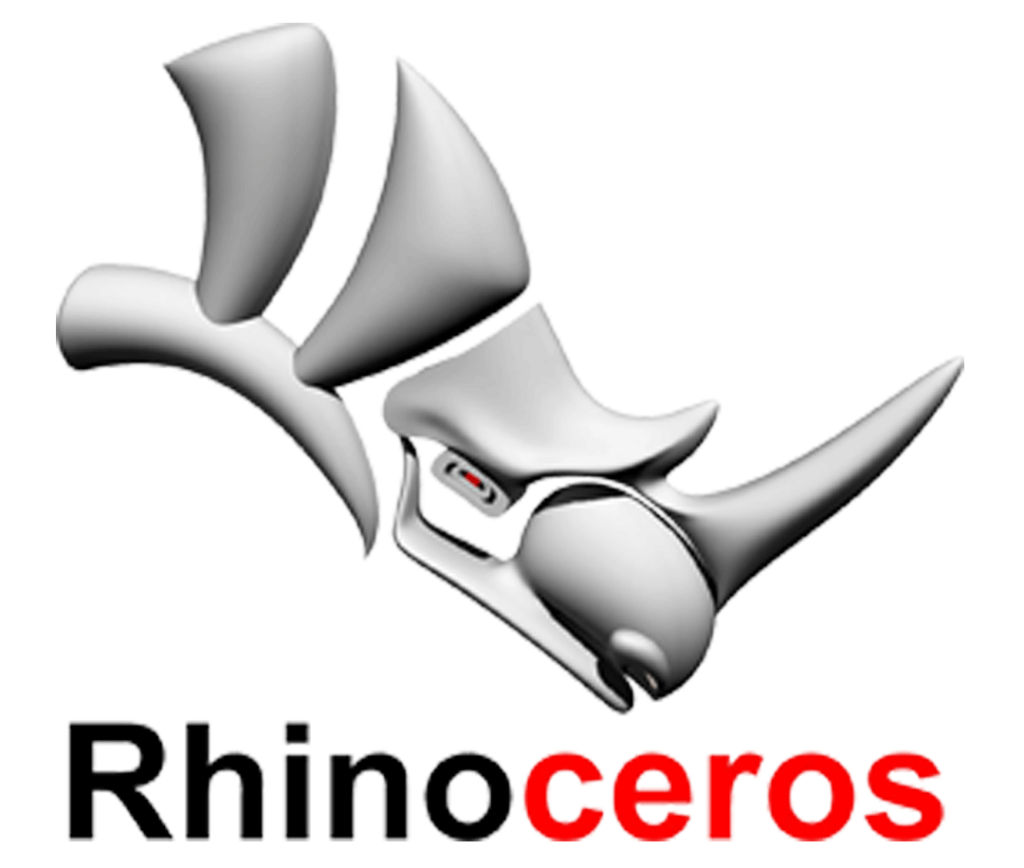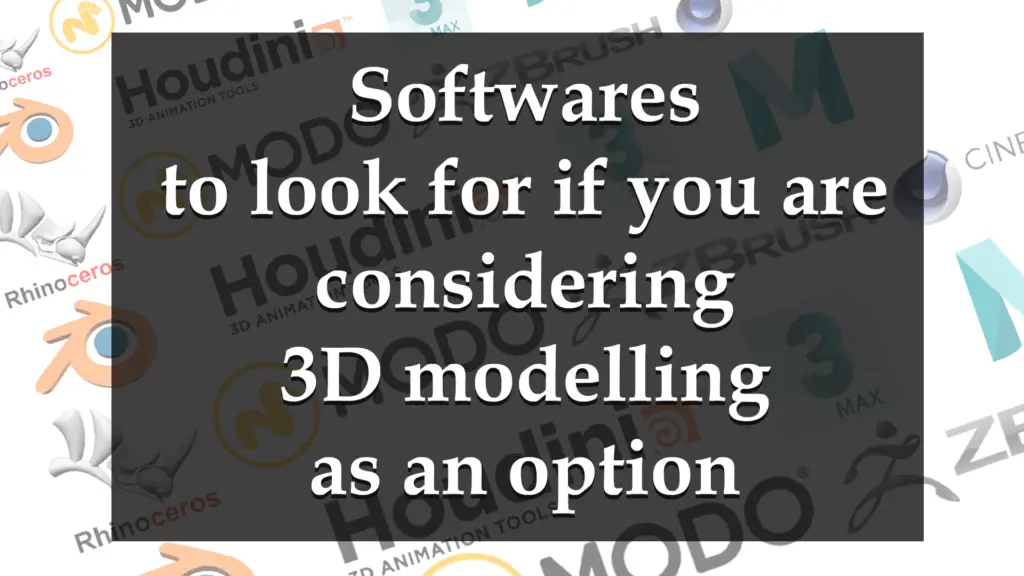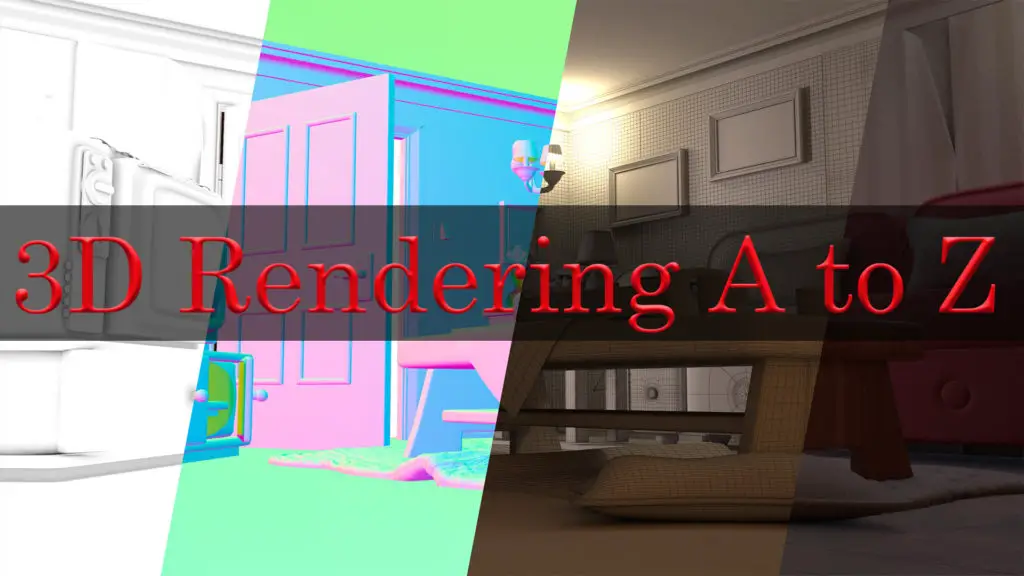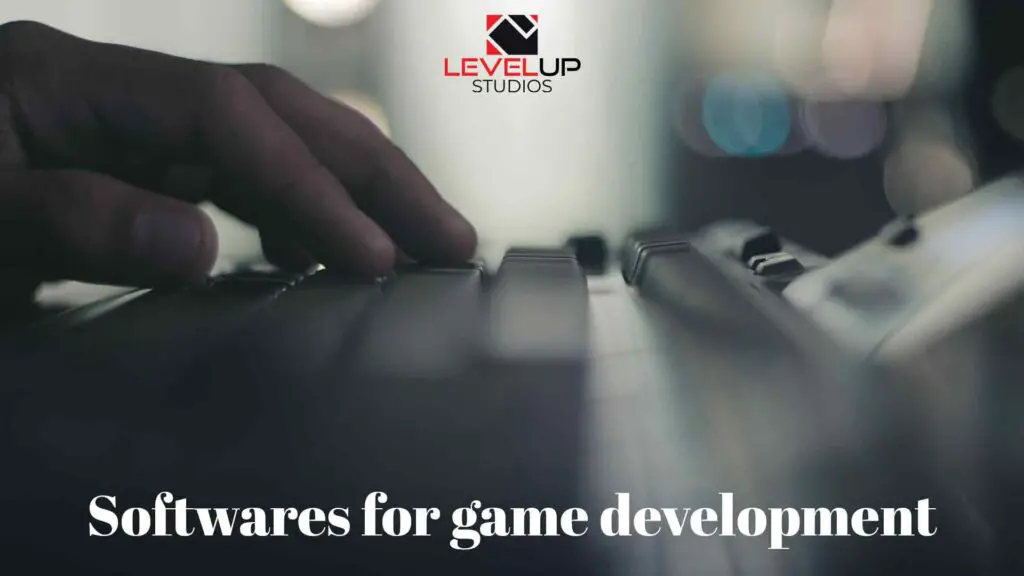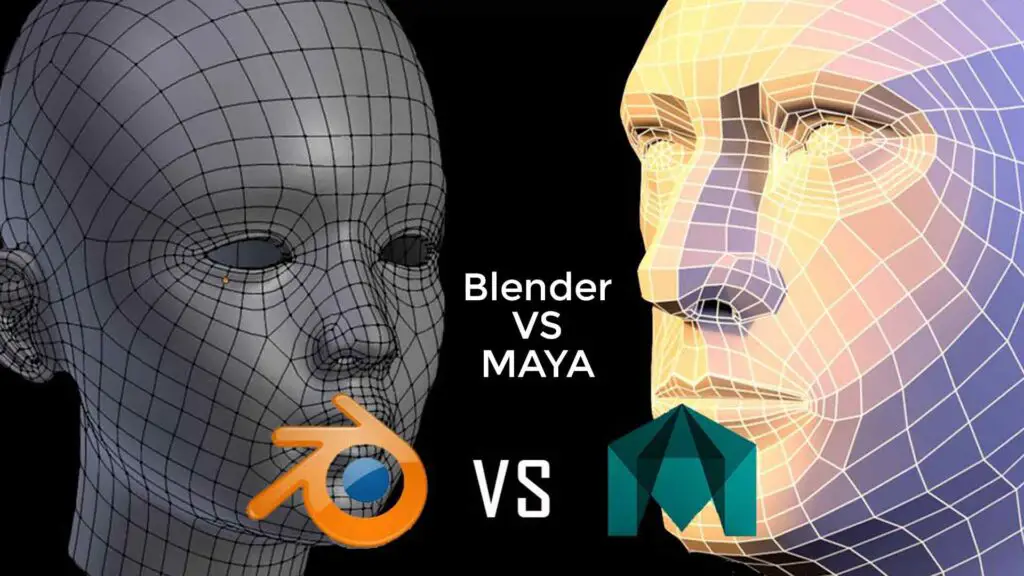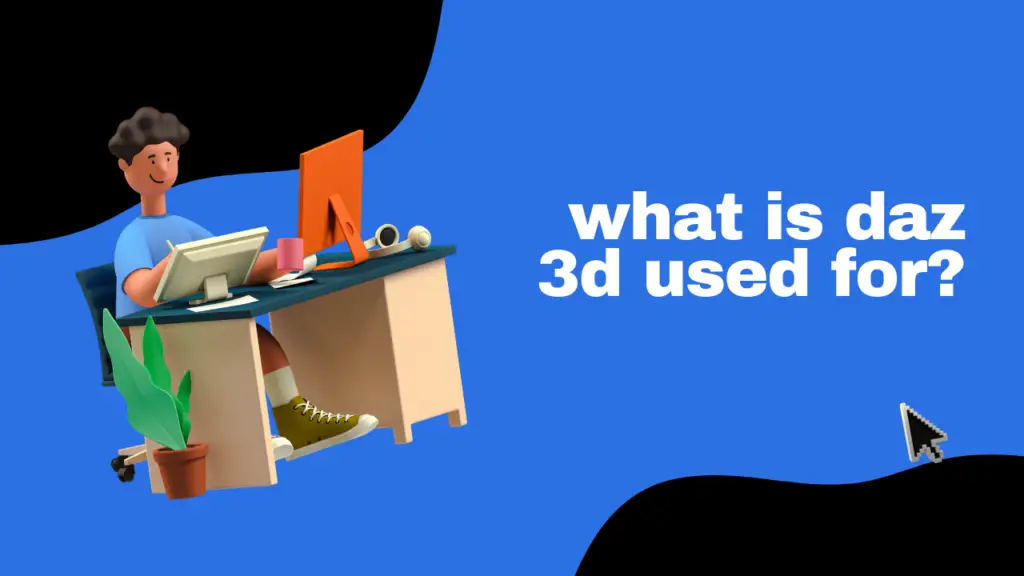THIS ARTICLE MAY CONTAIN AFFILIATE MARKETING LINKS! IN CASE YOU MAKE A PURCHASE THROUGH ONE OF THE LINKS, WE'LL GET A SMALL COMMISSION. WITH NO EXTRA CHARGES TO YOU. THANKS!!
Autodesk MAYA
Ask any 3D artist to name the best 3D modeling software, and most will choose Autodesk Maya. Largely seen as the industry standard for CG, Autodesk Maya boasts an unrivaled range of tools and features. This hugely extensible app isn’t for the faint-hearted: its toolset is hugely complex and takes time to learn.
Maya is great at modeling, texturing, lighting, and rendering – its vast feature set includes particles, hair, solid body physics, cloth, fluid simulations, and character animation. There’s a chance you may never touch some of its functionality, so you need to decide if it’s actually overkill for your specific needs.
There’s a catch, though: Maya isn’t cheap, and you’re going to need to learn to use it before you can create much of anything. There’s a lot to learn in 3D modeling programs, and if you can devote the time to truly learn this new artform then every penny you spend on Maya will be worth it. If you want a portfolio that floors clients from the start, this is how to do it.

Autodesk 3DS Max
The original Autodesk 3D Studio ran under DOS in 1988, but the current 3DS Max (formally 3DS Studio Max) has been a Windows tool since 1996. As a 3D modeling system, this one is especially popular with those creating animation, game assets, and simulations.
The standard features include skeletons and inverse kinematics, cloth simulation, skinning, and character controls for bipedal motion.
If the software doesn’t support the exact function or rendering mode you need, an extensive plugin system allows third-party modules to add this to 3DS Max. Some of these plugins are free, but the best ones are paid.
For modeling purposes, 3DS Max supports conventional polygon construction, NURBS, and also patch surfaces. Images can be generated using a very wide range of rendering systems, including Renderman created by Pixar and mental ray.

Houdini
Similar to Autodesk Maya, Houdini is another industry-standard tool that ranks as one of the best 3D modeling software packages available. It uses a different methodology than Autodesk Maya, using a node-based procedural style of production that affords artists a huge amount of control.
Widely used in the VFX industry for creating a range of amazing 3D imagery, Houdini’s node-based procedural approach provides digital artists with an unprecedented level of power, flexibility, and control. This nodal workflow isn’t to everyone’s liking, but Houdini also has more traditional tools for directly interacting with polygons on screen.
The free version gives you access to virtually all of the features of the award-winning Houdini FX to develop your skills and for working on personal projects. The full-featured Houdini Indie also provides an affordable commercial option for small studios.
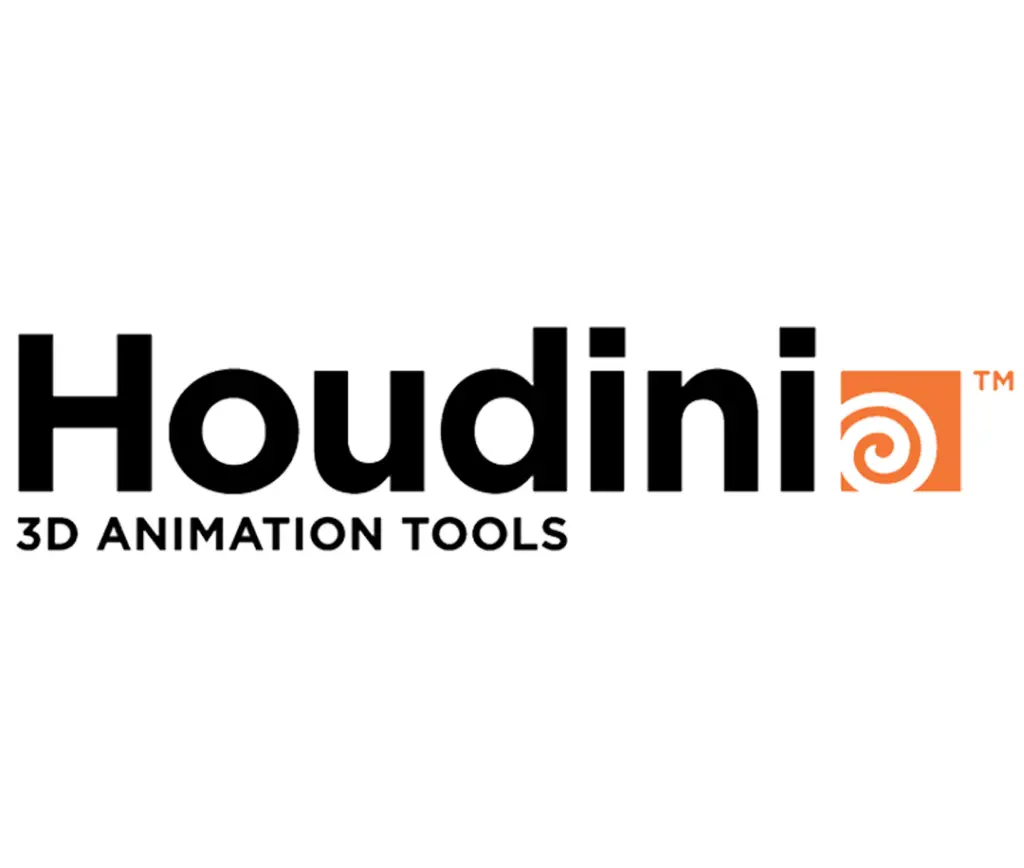
Blender
The king of the castle among free 3D modeling software is, without a doubt, Blender. It’s been around since 2002 and is quite polished. Running on every major operating system, it provides all the tools you expect in modeling software, including rigging, texturing, sculpting, UVing, and animation. With a solid rendering engine, it has proven itself time and again when compared to the fancier programs out there.
The open-source program has been around for a long time now, and subsequently has an army of artists, teachers, and enthusiasts behind its continued development. It boasts a highly impressive 3D modeling and sculpting toolset and is considered a completely viable alternative to paid modeling programs.
Blender is a brilliant starting point to see if 3D graphics are for you – and we have a host of fantastic Blender tutorials to get started with elsewhere on the site. Despite the non-existent price tag, it’s capable of producing images and animation that on a par with just about any other 3D modeling software on the market.
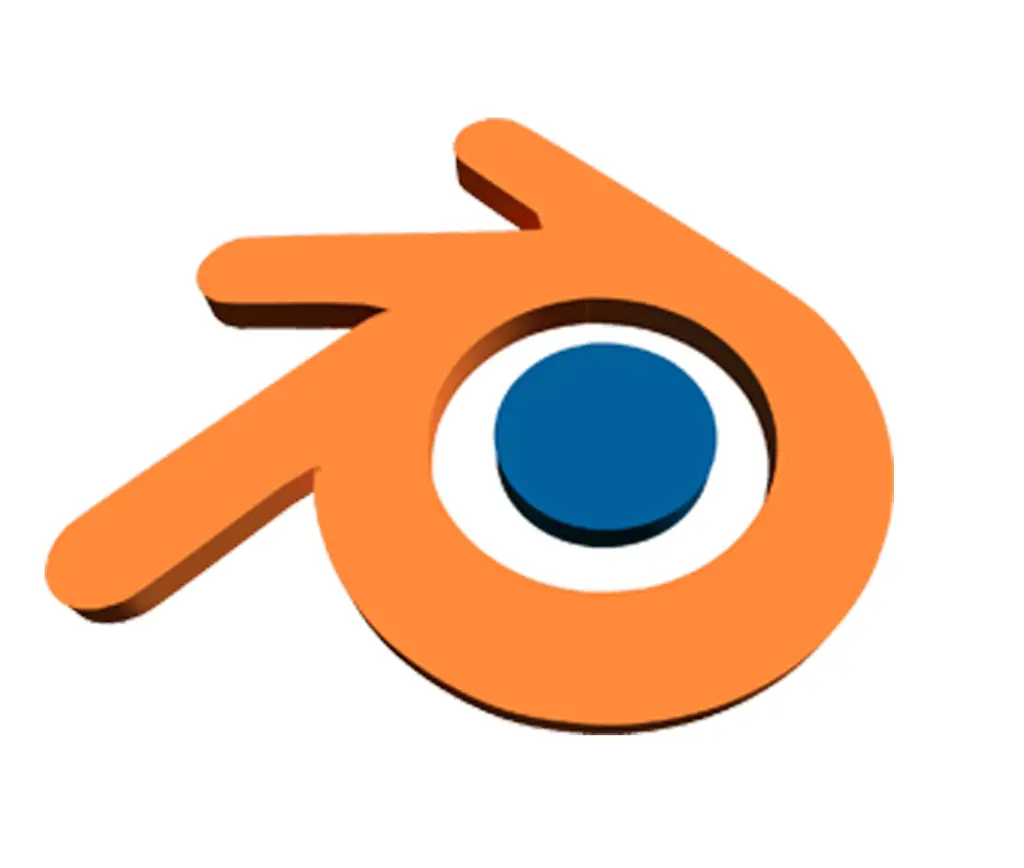
ZBrush
ZBrush is a standalone sculpting and modeling app that is best suited to the creation of organic forms – although recent updates have gradually improved its hard-surface abilities. It works in a non-standard fashion, with a workflow and user interface that’s initially very hard to learn, so you really need to get ZBrush and use it every day to become proficient.
It’s a staple in VFX on movies and television, and there are few 3D modeling programs that can match its stature in the video game design industry. If you’re into 3D printing, this is definitely your go-to option: nothing beats ZBrush for making vinyl toys or action figures. You will need training on the various tools and features to make the most of ZBrush, but know that this training is absolutely worth it.
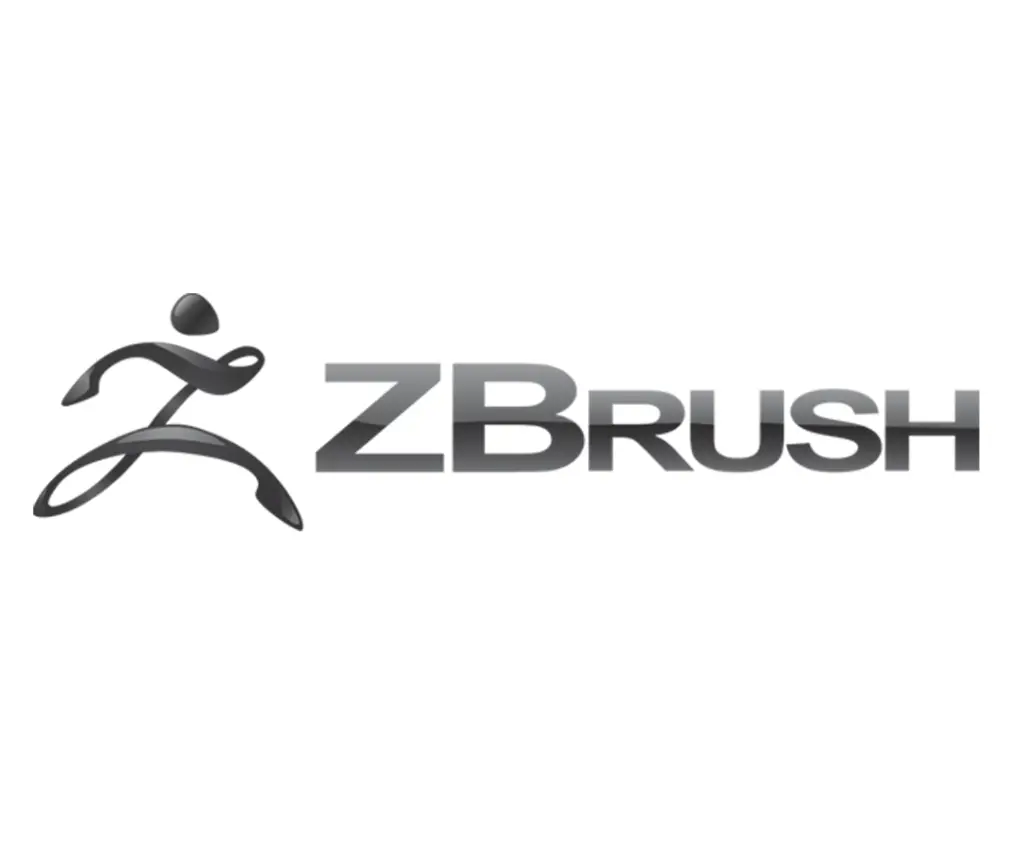
Cinema 4D
Maxon’s Cinema 4D has been around for many years and is highly regarded in the worlds of motion graphics, visualization, and illustration. It’s a professional, complex piece of software, known for its overall stability and for being the CG app with the easiest learning curve.
Maxon’s Cinema 4D is also a serious competitor and easily among the best 3D modeling software programs you can find. Designed for creating perfect motion graphics, this powerful tool can compete head-to-head with the above entries and hold its own. It can crank out the amazing quality that can turn heads.
With a hefty cost to perpetual licenses (some of which expire), you need to make sure it’s the right choice for you before you commit. Thankfully, they also offer a free trial that lasts a bit longer than a month to help you make the decision (and they offer student licenses at a reduced cost).
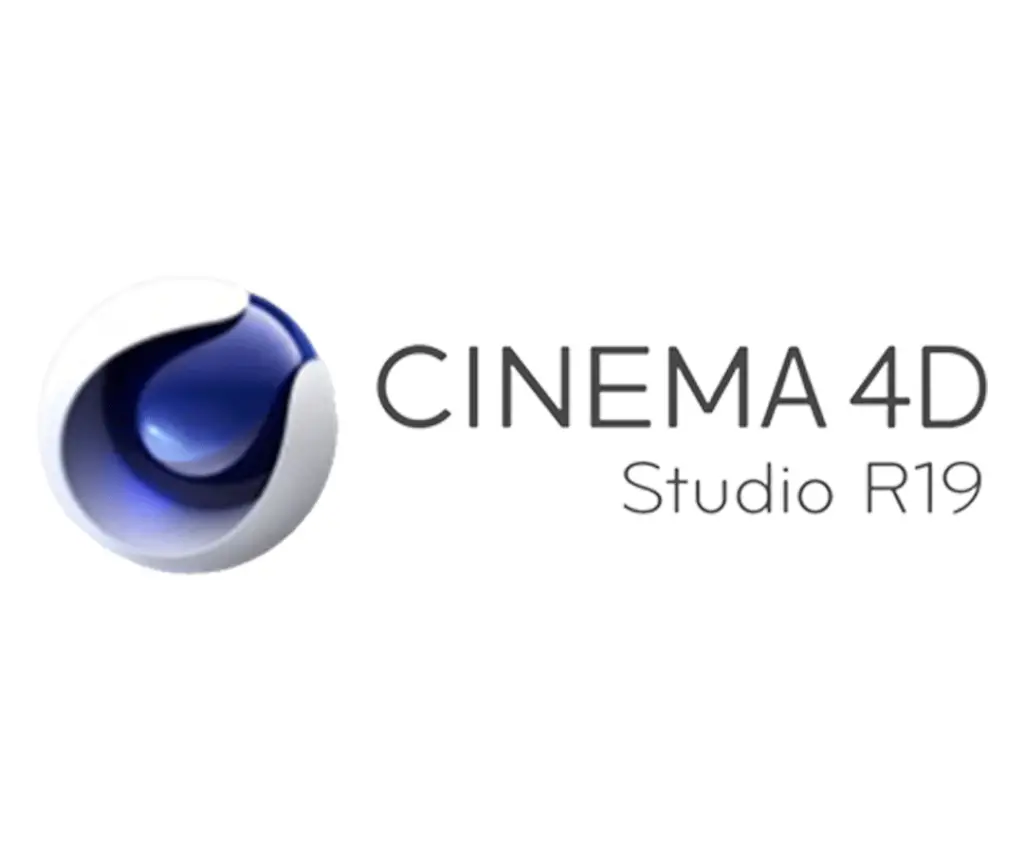
Modo
With modeling at its core, Modo is one of the best apps out there for the creation of polygonal forms, using both direct tools and procedural techniques. The addition of the best-in-breed MeshFusion Boolean system simply extends its modeling repertoire.
To stand out from the crowd, Modo does things a bit differently than the other 3D modeling programs. The Foundry made Modo with art in mind, not just animation, which led to it offering a rather robust and interesting selection of tools. Most notable is how user-friendly it is, allowing neophytes the ability to pick it up with relative ease and become a 3D modeler without years of training.
While it lacks the higher-end tools offered in programs like Autodesk Maya, Maya won’t let you intuitively create great quality renders with a low degree of effort: Modo is easy to pick up and figure out in comparison. Finally, Modo sports a wonderfully powerful rendering engine that is easily on par with other high-end programs, allowing you to create pro-quality on the fly.
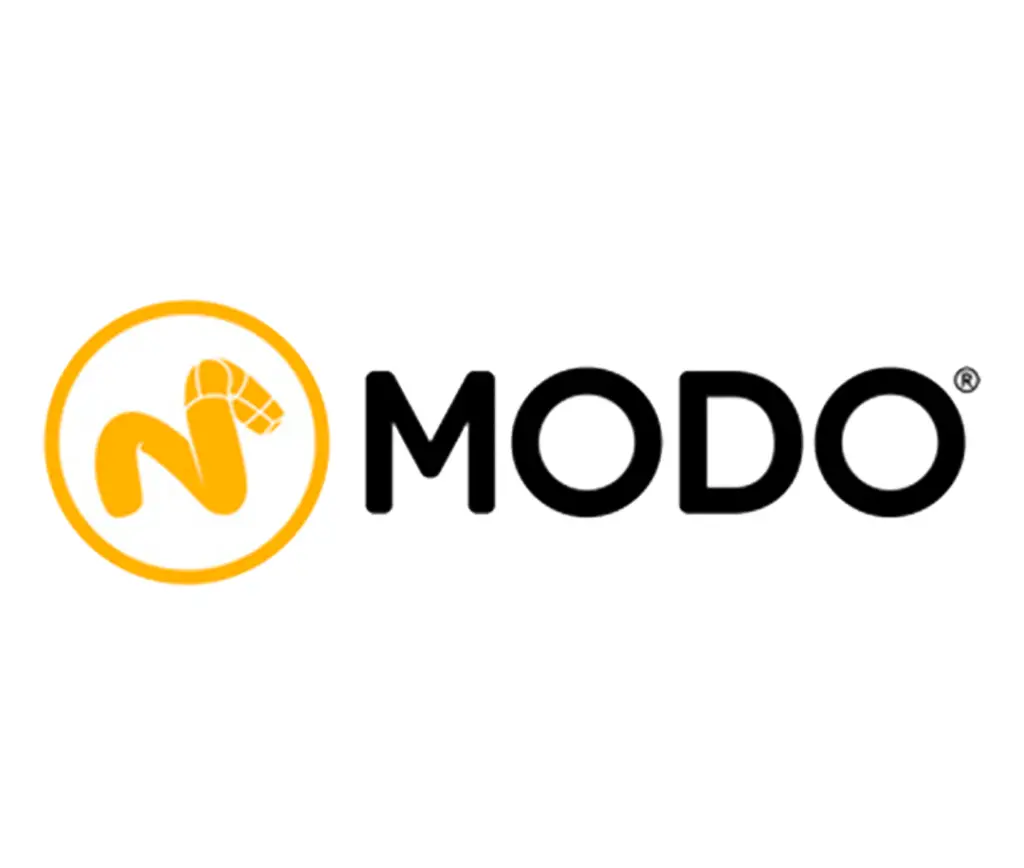
Rhinoceros
Available for both the Mac and PC, Rhino can sculpt objects, adapt LIDAR scans, work with meshes from other systems, and even render scenes using raytracing.
Like 3DS Max this also has a plugin solution and a sophisticated developer platform for those wanting to create new ones. Alongside the plugins is a scripting language, enabling complex detailing or modification processes to be automated.
Uninhibited design is the focus of Rhinoceros, providing all the tools and features you would expect in the best 3D modeling software, but with an easy-to-learn toolset that allows you to get cracking right away. It’s compatible with just about everything and has a well-designed rendering engine that can process even complex animations without unexpected slowdown.
A single-seat of Rhino 6 for the PC or Mac costs $995, although this license never expires. Upgrades to new point releases generally cost $495.
